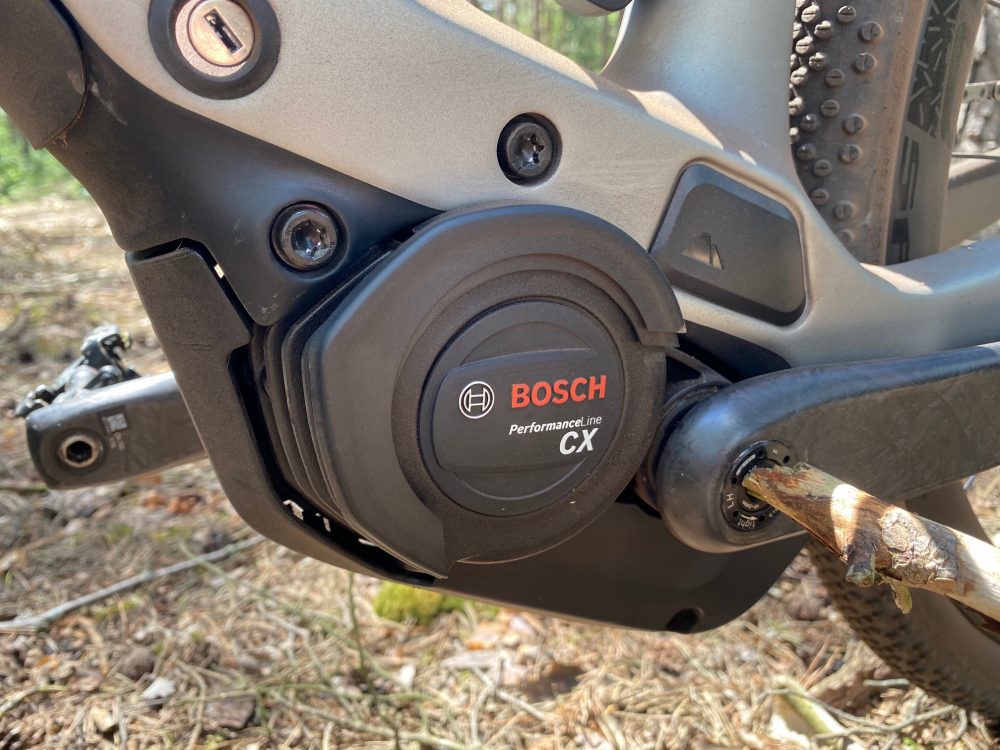How do e-bikes work and do you have to pedal them?
The basics of how an electric bike works


Electric bikes are becoming more and more common on our roads and cycle paths principally because they’re the perfect option if you’re looking for some extra help to enjoy cycling.
But what are the rules about what constitutes an e-bike? And do you have to pedal an electric bike?
Let's start off with the rules in the UK, EU, Australia and most of the rest of the world. The law is a little different in the United States.
Legally, to classify as an electric bike, the motor has to assist your pedalling. So it can’t provide power if you’re not putting in at least some of your own effort. There will be a torque sensor built into the system that senses your output and controls the motor’s power to match.

Electric bike systems on the best electric bikes will typically have a number of different assistance levels that you can select via a button, usually on your handlebar or the top tube. That lets you choose how much of a push you want the motor to give. More assistance means less range, so it’s a good idea to save maximum assistance for uphills and dial it down when you don’t need it.
Bosch’s range of motors provides four different levels of assistance. Depending on the motor fitted to your e-bike, the maximum can be from 250% up to 400% of your input, while the lowest Eco mode adds between 40% and 60% extra push.

You can also turn the motor off completely and ride unassisted. The weight of the motor and battery can make this a bit of an effort, despite most systems providing no resistance when turned off. Some systems have a Boost or Turbo button that will give you an extra push while they are held down.
UK and EU law, along with regulations in Australia, limit the top speed for a motor on an electric bike to provide assistance to 25kph/15.5mph. In most states in the USA, there are three e-bike classes. Class 1 e-bikes can provide input up to 20mph, while Class 3 e-bike motors can keep going up to 28mph. Above that, the motor has to cut out. You can ride above that speed, but under your own power or downhill.
On the latest crop of lightweight road e-bikes like the Wilier Cento1 Hy, riding at over 25kph is perfectly possible for a reasonably fit cyclist on flat roads or going downhill, although on heavier flat bar e-bikes with wide tyres it is a bit more difficult. Hit a hill or a gradually ascending road and your speed is likely to drop below this, with the motor chipping in to help you once again.
Electric mopeds
If the motor of your electric bike is controlled via a throttle or twist grip on the bars, rather than its power being regulated in relation to the power you are providing via the pedals, the e-bike will not classify as an electric bike in the UK or EU.
Such a bike would be treated in the same way as a petrol-powered moped, and for that you need to be licensed, taxed and insured. You also are required by law to wear a helmet. Moreover, you can’t ride it on a cycle path, but have to use the main road carriageway.
The same applies to electric bikes with motors that deliver more than 250 watts of power. More powerful e-bikes like those from Swiss brand Stromer are legally treated in the same manner, even though you do need to pedal them.

The rules are changing a bit though and there’s a newer category of cargo-carrying electric bikes that can use a motor providing greater power output to help their riders more when moving heavy loads around.
In most US states, there's a separate class of throttle-controlled electric bikes, Class 2, which can be controlled via a throttle on the handlebars and can power you up to 20mph without you needing to pedal. Depending on the state, some Class 3 e-bikes can also be throttle controlled.
In Australia, you can also ride a throttle-controlled e-bike that doesn't require you to pedal, but assistance must be limited to 25kph.
So to answer the big question: yes, you do need to pedal an electric bike if you want to enjoy the benefits of cycling but with a little less physical effort, at least in the UK and EU.
The latest race content, interviews, features, reviews and expert buying guides, direct to your inbox!
Paul started writing for Cycling Weekly in 2015, covering cycling tech, new bikes and product testing. Since then, he’s reviewed hundreds of bikes and thousands of other pieces of cycling equipment for the magazine and the Cycling Weekly website.
He’s been cycling for a lot longer than that though and his travels by bike have taken him all around Europe and to California. He’s been riding gravel since before gravel bikes existed too, riding a cyclocross bike through the Chilterns and along the South Downs.
